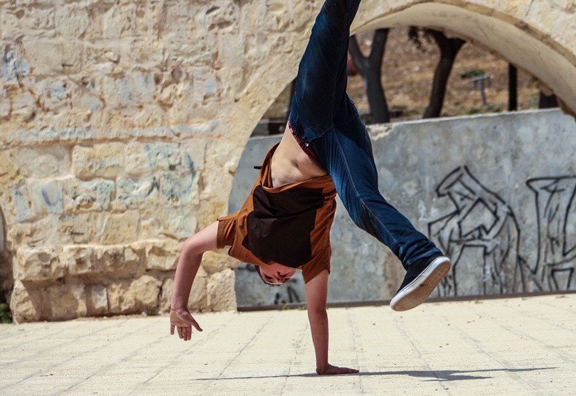-
Photo story: Feast of intimidation, oppression and illegall annexation
2oth October 2016 | International Solidarity Movement, al-Khalil team | Hebron, occupied Palestine This past week marked the feast of Sukkot, which brought settlers from illegal settlements all over the occupied West Bank to al-Khalil (Hebron). There, with restrictions, harassment, collective punishment and intimidation of Palestinians – all in favor of the illegal settlers – the […]
-
Bring Shadi home!
16th October 2016 | International Solidarity Movement, Firefund | illegally annexed East Jerusalem, occupied Palestine Shadi and his friend Ahmad were arrested at a bus stop in Jerusalem. A group of East Jerusalem illegal settlers called police to investigate the two boys, on suspicion of being Palestinian. In the ensuing process of arrest, interrogation, and […]
-
Photo story: Jewish holidays bring harassment to occupied Hebron
6th October 2016 | International Solidarity Movement, al-Khalil team | Hebron, occupied Palestine The 3rd and 4th of October marked the celebrations of the Yewish New Year. In the occupied West Bank, Jewish holidays, celebrated by the settlers from the illegal settlements. This usually translates to an increase in harassment, restrictions and the presence of […]
Action Alert An Nabi Saleh Apartheid Wall Arrests BDS Bethlehem Bil'in Cast Lead Demonstration Denial of Entry Ethnic Cleansing Farmers Gaza Global Actions Hebron House Demolition International law Israeli Army Jerusalem Live Ammunition Nablus Ni'lin Prisoner Ramallah Rubber-coated steel bullets Settlement Settlers Settler violence Tear-Gas Canister Video



